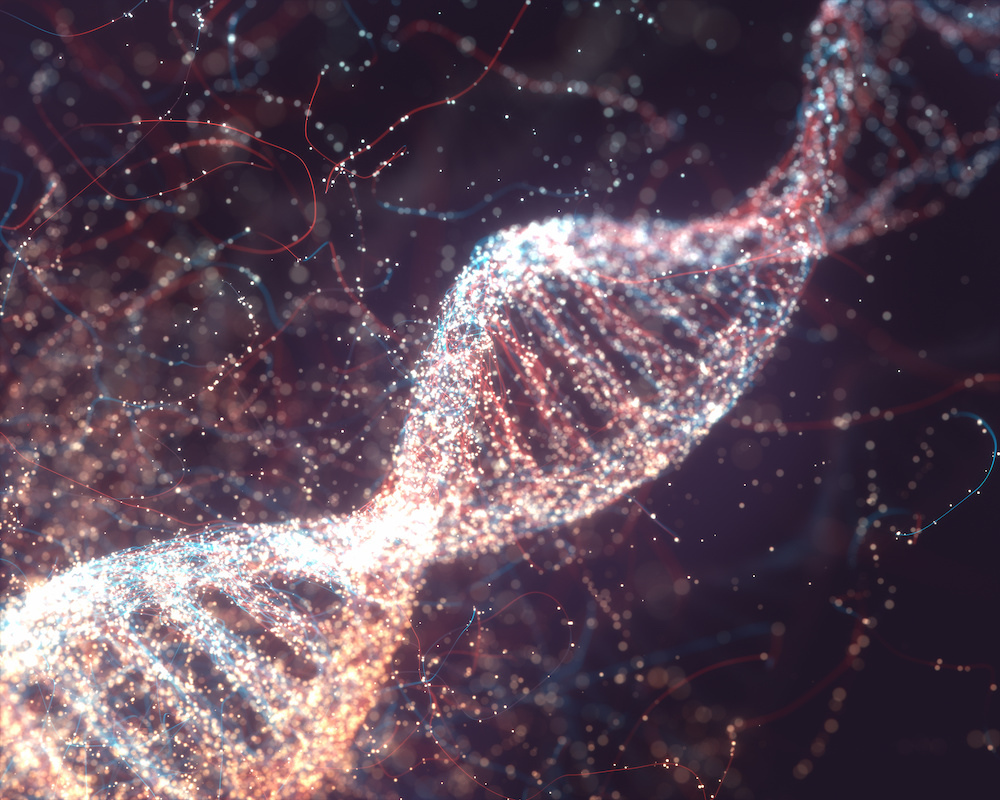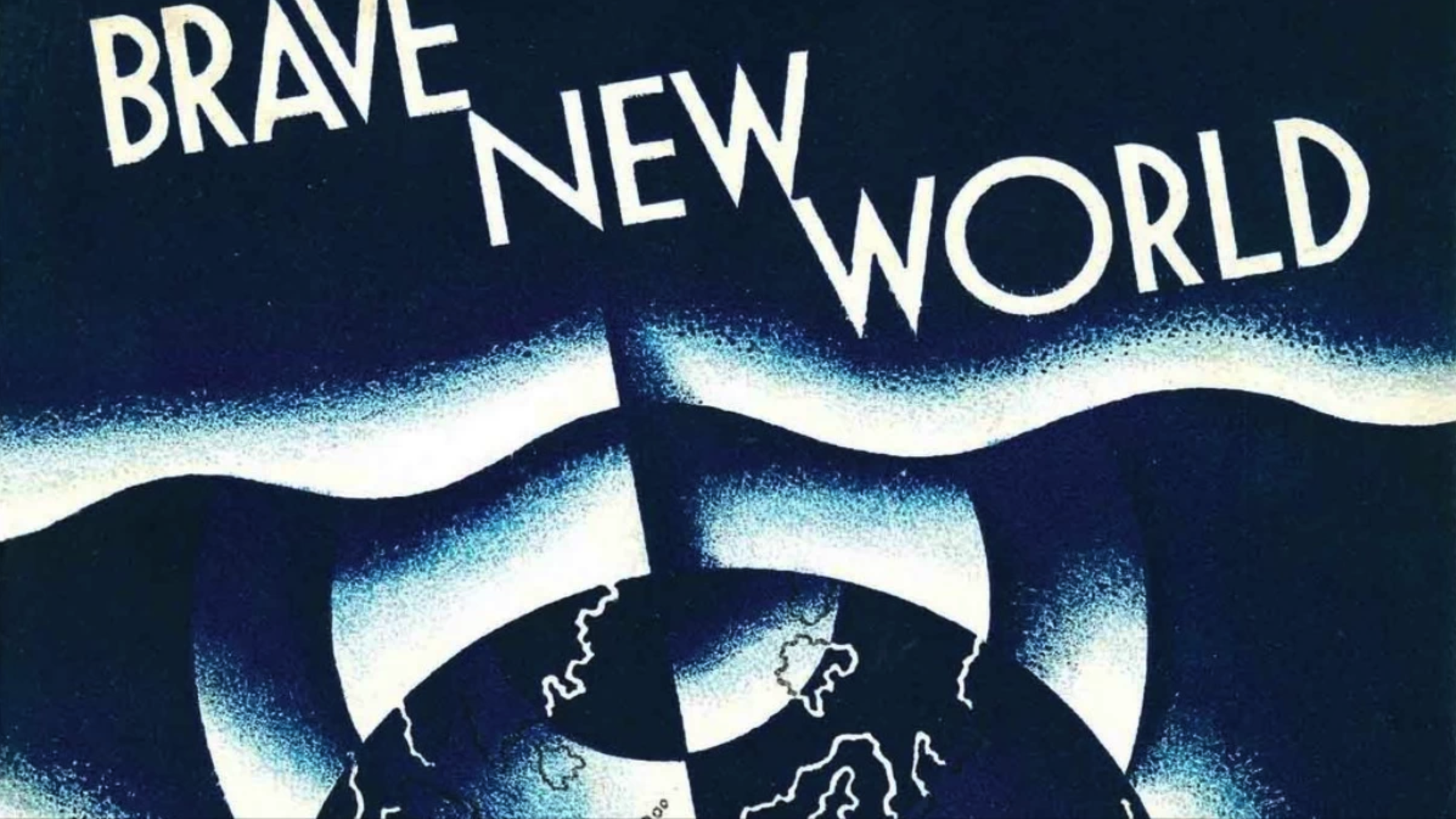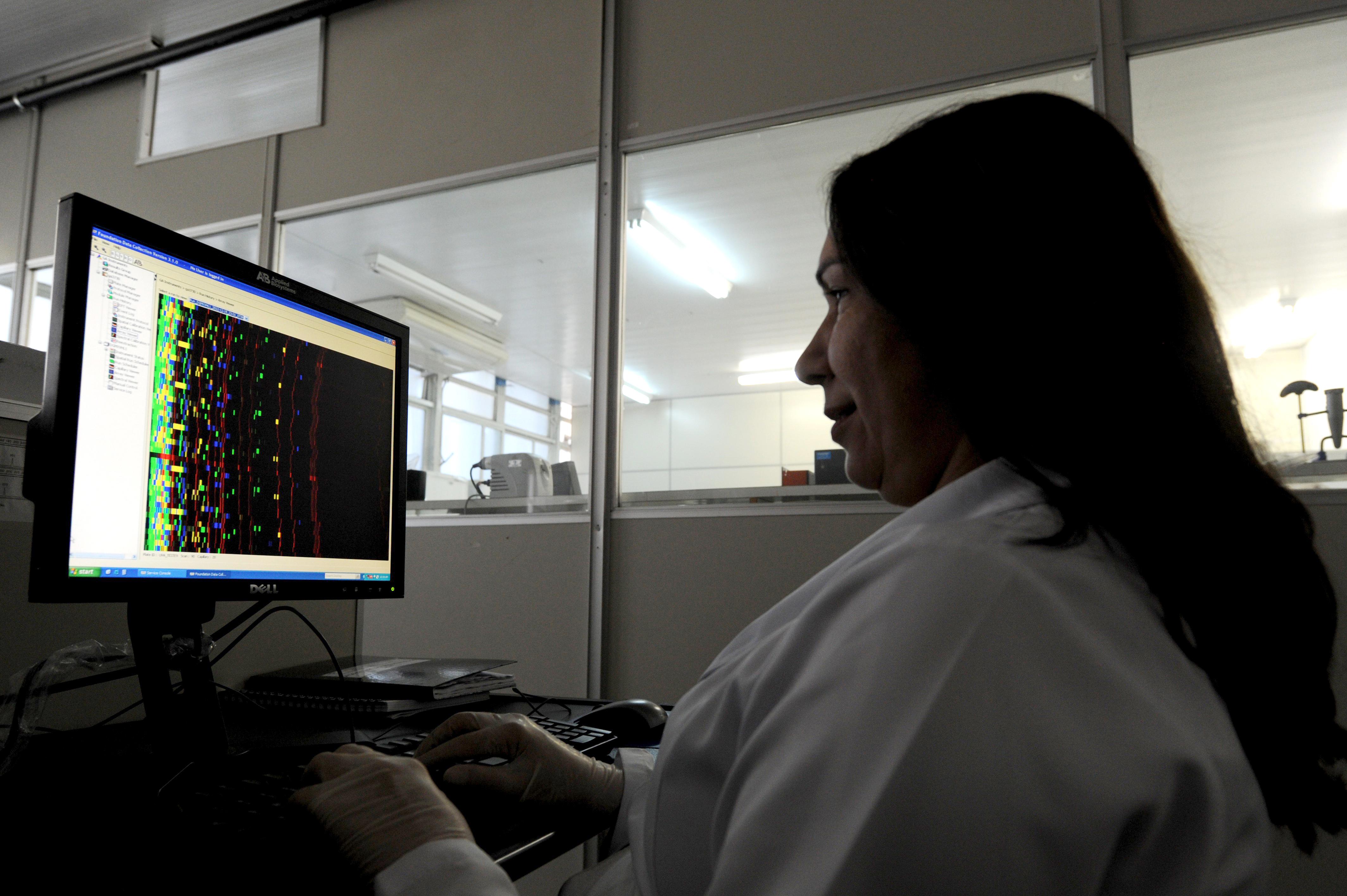The Genetic Lottery: Why DNA Matters for Social Equality

- In her recently published book, The Genetic Lottery: Why DNA Matters for Social Equality, behavior geneticist Kathryn Paige Harden explores the complex ways in which genetics can affect life outcomes.
- Because genetics research is often weaponized and misunderstood, many progressives consider it taboo to suggest that genetics play a role in societal inequalities.
- However, ignoring the fact that genetic differences exist between individuals is hindering scientific and social progress, Harden argues.
Adapted from THE GENETIC LOTTERY: Why DNA Matters for Social Equality by Kathryn Paige Harden. Copyright © 2021 by Kathryn Paige Harden. Reprinted by permission of Princeton University Press.
Two Lotteries of Birth
People end up with very different levels of education and wealth and health and happiness and life itself. Are these inequalities fair? In the pandemic summer of 2020, Jeff Bezos added $13 billion to his fortune in a single day, while 32 percent of US households were unable to make their housing payment. Looking at the juxtaposition, I feel a bubbling disgust; the inequality seems obscene. But opinions differ.
When discussing whether inequalities are fair or unfair, one of the few ideological commitments that Americans broadly claim to share (or at least pay lip service to) is a commitment to the idea of “equality of opportunity.” This phrase can have multiple meanings: What, exactly, counts as real “opportunity,” and what does it take to make sure it’s equalized? But, generally, the idea is that all people, regardless of the circumstances of their birth, should have the same opportunities to lead a long and healthy and satisfying life.
Through the lens of “equality of opportunity,” it is not strictly the size or scale of inequalities per se that is evidence that society is unfair. Rather, it is that those inequalities are tied to the social class of a child’s parents, or to other circumstances of birth that are beyond the child’s control. Whether one is born to rich parents or poor ones, to educated or uneducated ones, to married or unmarried ones, whether you go home from the hospital to a clean and cohesive neighborhood or a dirty and chaotic one—these are accidents of birth. A society characterized by equality of opportunity is one in which these accidents of birth do not determine a person’s fate in life.
From the perspective of equality of opportunity, several statistics about American inequality are damning. On the left side of figure 1.1, I’ve illustrated one such statistic: how rates of college completion differ by family income. It’s a familiar story. In 2018, young adults whose families were in the top quarter of the income distribution were nearly four times more likely to have completed college than those whose families were in the bottom quarter of the income distribution: 62 percent of the richest Americans had a bachelor’s degree by age 24, compared with 16 percent of the poorest Americans.
Yet, in public debates and academic papers about inequality, two things are taken for granted about such statistics. First, data on the relationship between the social and environmental conditions of a child’s birth and his or her eventual life outcomes are agreed to be scientifically useful. Researchers who hoped to understand patterns of social inequality in a country, but who had no information about the social circumstances into which people were born, would be incredibly hampered. Lifelong careers are devoted to trying to understand why, exactly, high-income children go further in school, and trying to design policies and interventions to close income gaps in education. Second, such statistics are agreed to be morally relevant. For many people, the distinction they make between inequalities that are fair and those that are unfair is that unfair inequalities are those tied to accidents of birth over which a person has no control, like being born into conditions of privilege or penury.
But there is another accident of birth that is also correlated with inequalities in adult outcomes: not the social conditions into which you are born, but the genes with which you are born.
On the right side of figure 1.1, I have graphed data from a paper in Nature Genetics, in which researchers created an education polygenic index based entirely on which DNA variants people had or didn’t have. (I will describe in detail how polygenic indices are calculated in chapter 3.) As we did for family income, we can look at rates of college completion at the lower end versus the upper end of this polygenic index distribution. The story looks much the same: those whose polygenic indices are in the top quarter of the “genetic” distribution were nearly four times more likely to graduate from college than those in the bottom quarter.
The data on family income on the left, despite being correlational, is considered critically important as a starting point for understanding inequality. Social class is recognized as a systemic force that structures who gets more education, and who gets less. The data on family income is also considered by many to be prima facie evidence of unfairness—an inequality that demands to be closed. But what about the data on the right?
In this book, I am going to argue that the data on the right, showing the relationship between measured genes and educational outcomes, is also critically important, both empirically and morally, to understanding social inequality. Like being born to a rich or poor family, being born with a certain set of genetic variants is the outcome of a lottery of birth. You didn’t get to pick your parents, and that applies just as much to what they bequeathed you genetically as what they bequeathed you environmentally. And, like social class, the outcome of the genetic lottery is a systemic force that matters for who gets more, and who gets less, of nearly everything we care about in society.
Why We Need a New Synthesis
That genetics would be useful at all for advancing the goals of social equality is a claim that is frequently met with skepticism. The potential dangers of eugenics loom large in the imagination. The potential benefits of connecting genetics to social inequalities, on the other hand, might seem slim. Even if a new synthesis of genetics and egalitarianism is possible, why take the risk? Given the dark legacy of eugenics in America, it might feel overly optimistic, even naïve, to imagine that genetic research could ever be understood and used in a new way.
What is missing from this consideration of risks and benefits, however, are the risks of continuing the status quo, where understanding how genetic differences between individuals shape social inequalities is widely considered, by both academics and the lay public, to be taboo. This status quo is no longer tenable.
As I will explain in chapter 9, the widespread tendency to ignore the existence of genetic differences between people has hobbled scientific progress in psychology, education, and other branches of the social sciences. As a result, we have been much less successful at understanding human development and at intervening to improve human lives than we could be. There is not an infinite supply of political will and resources to spend on improving people’s lives; there is no time and money to waste on solutions that won’t work. As the sociologist Susan Mayer said, “if you want to help [people], you have to really know what help they need. You can’t just think you have the solution” (emphasis added). If social scientists are collectively going to rise to the challenge of improving people’s lives, we cannot afford to ignore a fundamental fact about human nature: that people are not born the same.
Ignoring genetic differences between people also leaves an interpretive vacuum that political extremists are all too happy to fill. Jared Taylor is not the only extremist to retain an interest in genetics. As the geneticists Jedidiah Carlson and Kelley Harris summarized, “members and affiliates of white nationalist movements are voracious consumers of scientific research.” Both journalists and scientists have sounded the alarm about how genetics research was dissected on white supremacist websites like Stormfront (motto: “White Pride Worldwide”), but Carlson and Harris were able to put hard numbers on the phenomenon by analyzing data on how social media users shared working papers that scientists had posted to bioRxiv. Their analysis showed that papers on genetics are particularly popular among white nationalists.
I’ve seen this phenomenon play out with my own work. Take, for example, a paper I co-authored on how genetic differences are related to what economists have called “non-cognitive skills” related to success in formal education. (I’ll explain this paper in more detail in chapter 7). Carlson and Harris’s analysis found that five out of six of the biggest Twitter audiences for our paper were people who appeared, from the terms used in their bios and usernames, to be academics in psychology, economics, sociology, genomics, and medicine. The sixth audience, though, comprised Twitter users whose bios included terms like “white,” “nationalist,” and the green frog emoji, an image that can be used as a hate symbol in anti-Semitic and white supremacist communities.
This is a dangerous phenomenon. We are living in a golden age of genetic research, with new technologies permitting the easy collection of genetic data from millions upon millions of people and the rapid development of new statistical methodologies for analyzing it. But it is not enough to just produce new genetic knowledge. As this research leaves the ivory tower and disseminates through the public, it is essential for scientists and the public to grapple with what this research means about human identity and equality. Far too often, however, this essential task of meaning-making is being abdicated to the most extreme and hate-filled voices. As Eric Turkheimer, Dick Nisbett, and I warned:
“If people with progressive political values, who reject claims of genetic determinism and pseudoscientific racialist speculation, abdicate their responsibility to engage with the science of human abilities and the genetics of human behavior, the field will come to be dominated by those who do not share those values.”





